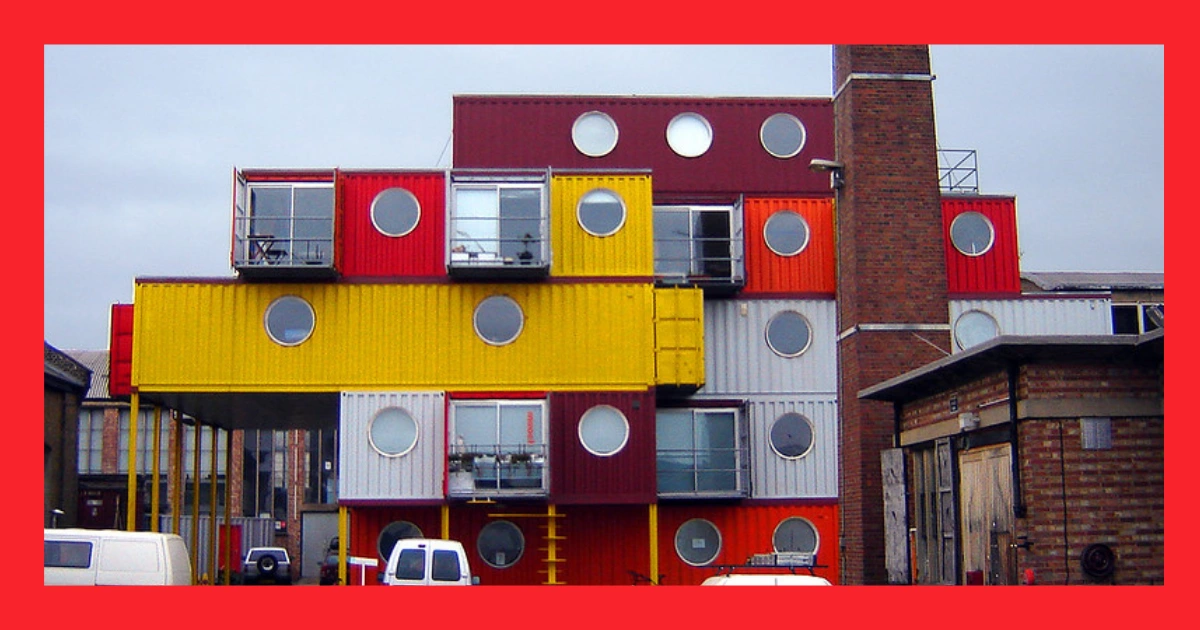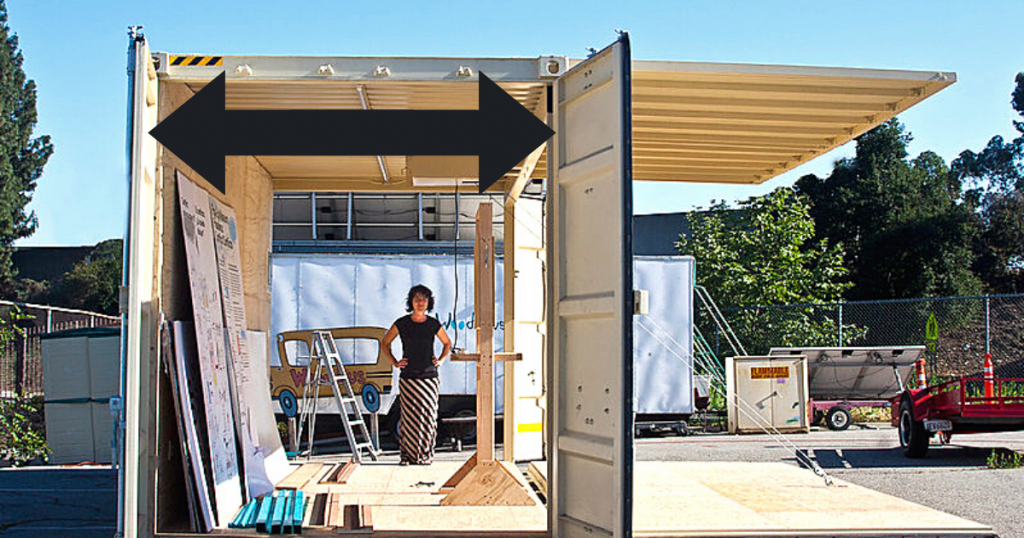
Three Disadvantages of Shipping Container Homes
Three Disadvantages of Shipping Container Homes
There are three disadvantages of shipping container homes. Find out why these are important when choosing a new home. Disadvantages of shipping container homes may be a reason some people aren’t up to buying one. Shipping containers have been one type of home for decades. They are an affordable way to build a home on land that might otherwise be too expensive to buy or rent. As you know, shipping container homes are part of the tiny house movement. There are actually many advantages of owning a shipping container home.
- Environmentally friendly
- Speedy construction
- Cost-effective
- Modular Mobility – built in a factory then trucked over
- Creative freedom
- Toughness and durability
Yet, they do come with some drawbacks you should consider before going hog wild and buying one. I don’t want to burst your exciting shipping container home dream bubble -. pop But like buying anything else in this world; do some research and planning upfront before you buy. Then you can decide if buying a shipping container and turning it into your dream home is right for you. This post is going to give you an “after the fact” perspective of what it’s like to live inside a shipping container. Things you wish you knew before you bought one! Let’s explore the three disadvantages of living in a shipping container home.But remember, with every disadvantage, there is a solution to overcome it.So, keep an open mind. You may think these disadvantages are no big deal after all.
Width of Shipping Containers
The first thing you should consider is how much space you need. Is it you living in the shipping container? Are you a couple? Are you a family of three or more?There are two main shipping container sizes you can buy that range from 20 to 40 feet.
But they both are only 8 feet wide.
Why do you need to know this? Because space is going to be at a premium. You will need to optimize the space you have to make it work. You won’t be able to customize your container to fit your exact needs because of the size constraints. So, you must plan and consider the design of your future home. If it’s you or you’re a couple, then a 20 x 8 or 40 x 8-foot shipping container may be all you need. Think of being close and cozy with your significant other, forever. Yet, it wouldn’t be a great idea for a family. If your family comprises kids, then you will need many containers! Many containers mean more cost. Can you see the dollar signs adding up? If you can make it work with the length and don’t care about the width, then you’re golden. But if you need it wider than you must consider buying two or more shipping containers.
- You can place them side by side
- Knock out the walls
- Create more space
- It’s doable, and It all depends on how much space you need and what your budget is.
Are Shipping Containers Sound Proof?
Shipping containers do not come insulated, so they are very noisy. The sound reflects instead of absorbed. The noise that vibrates inside the container is 3x louder. Think of a tuning fork. When you strike it you hear a loud prolonged sound.
Now think of rain hitting the outside of a shipping container. What may be a soft and gentle rain outside will seem like a freaking hail storm on the inside! This makes them unsuitable for living spaces where people spend a lot of time. I mean, how are you going to hear your tv? Although this is a major problem, you can fix it with proper insulation. Remember I told you earlier to do your research and plan ahead? To avoid using up too much interior space, try using spray foam. Thinking of this ahead of time will save so many headaches later on.
How Do You Get Signals for a Shipping Container?
Being in the middle of nowhere has its disadvantages.There are no Wi-Fi or cellular signals. But what if your shipping container house isn’t in the middle of nowhere and you still have no signals? That can be a real drag! Remember, shipping containers are steel. Wi-Fi and cellular signals will not get into your container.
Imagine living without both. I don’t think so. Okay, don’t freak out. Although it’s a problem, there is always a solution. First, you must have a well-thought-out design. Next, you may use a device that can mount outdoors with a cable output to run inside. Look for an outdoor Wi-Fi antenna that can connect to a Wi-Fi card or router. All you will need is a small hole for the coax. Again, you have to do some research and planning upfront before you buy.
Yes, shipping container homes will have problems you will need to consider. They are not the perfect solution for the housing industry. The thing you should consider is how much space you are going to need. Do you have a large family? Or are you single or a couple? The noise factor. Shipping containers don’t come insulated. So any sound you hear will amplify. Also, you won’t be able to pick up any Wi-Fi or cellular signals inside your container. But with any problem, there is always a solution. So, don’t let those three disadvantages hold you back from living in a shipping container. It could be the best choice you’ve ever made! If you would like a quick quote on your new or used shipping container, click here, Or, if you have more questions, give us a call at 855-524-0888.
SHIPPING CONTAINERS FOR SALE IN FRESNO, CA




